[Himeji City] "Shoshazan Engyoji Temple" is a beautiful spot with autumn leaves and fresh greenery that can be easily reached by ropeway
![[Himeji City] "Shoshazan Engyoji Temple" is a beautiful spot with autumn leaves and fresh greenery that can be easily reached by ropeway](https://resources.matcha-jp.com/resize/720x2000/2023/11/21-153210.webp)
Shoshazan Engyo-ji Temple is one of Himeji's most famous tourist spots, along with the World Heritage Site and National Treasure Himeji Castle. It is a thousand-year-old temple also known as the "Mount Hiei of the West," and is known as a famous spot for viewing fresh greenery and autumn leaves, as well as a location for movies and historical dramas.
-
Table of Contents
- Shoshazan Engyo-ji Temple, a 1000-year-old temple
- Highlights of Shoshazan Engyo-ji Temple
- The best season is the autumn foliage season
- Events to enjoy Shoshazan Engyo-ji Temple
- How to get to Shoshazan Engyo-ji Temple
- Great value digital tickets
- This is the ticket for those who want to enjoy both Kobe and Himeji!
- basic information
Shoshazan Engyo-ji Temple, a 1000-year-old temple
![[Himeji City] "Shoshazan Engyoji Temple" is a beautiful spot with autumn leaves and fresh greenery that can be easily reached by ropeway](https://resources.matcha-jp.com/resize/720x2000/2023/11/21-153211.webp)
For those who grew up in Himeji, Shoshazan Engyo-ji Temple (hereinafter referred to as Shoshazan Engyo-ji Temple) is a familiar spot. It is a familiar place for elementary school camping trips both today and in the past.
Shosha-san Engyo-ji Temple was founded in 966. It is said that the temple's founder, the monk Shoku, was led by purple clouds into the mountain and saw a heavenly being worshiping a cherry tree halfway up the rocky mountain, which led him to carve a statue of Kannon into the tree. Since then, it has a history of over 1,000 years.
Its official name is "Tendai Sect Special Head Temple Shoshazan Motoyama -ji Temple," and as its name suggests, it is a temple that holds a special position within the Tendai sect. It is the 27th temple of the Thirty-Three Kannon Temples of the Western Provinces (the Kannon pilgrimage that is said to be the oldest), and is the largest of all the temples. It is known as one of the three major training centers of the Tendai sect along with Mount Hiei and Daisen , and is a place of faith also known as " Mount Hiei of the Kyoto ," with many members of the imperial family and aristocrats visiting from Kyoto.
The 2024 NHK Taiga drama "To You, the Shining One" is a drama with Murasaki Shikibu as the main character, and is set in the era when Shoshazan Engyo-ji Temple was founded. Emperor Kazan had a deep connection with Shoku Shonin, who visited him to seek ties with Buddhism and bestowed the temple with the name "Engyo-ji Temple." The poet Izumi visited the temple with Empress Shoshi, who served alongside Murasaki Shikibu.
I'm looking forward to seeing how the period when Shoshazan Engyo-ji Temple was founded will be portrayed.
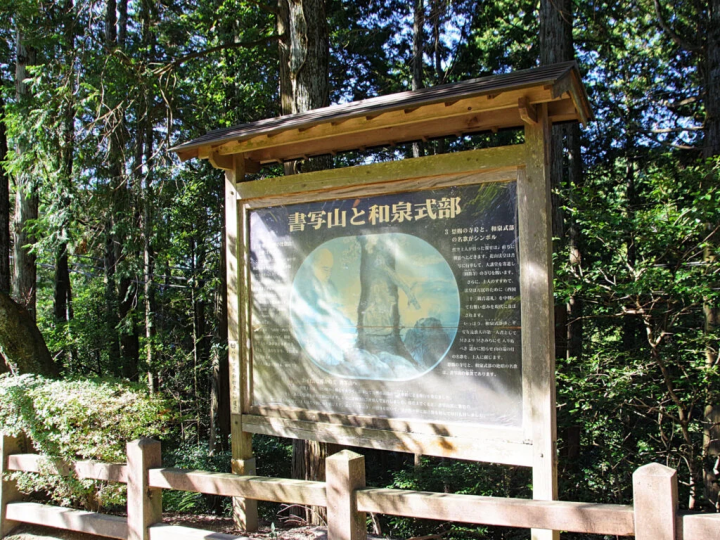
In later times, Musashibo Benkei, who followed Minamoto no Yoshitsune, trained here, and related items are still passed down to this day. During the Sengoku period, Hashiba Hideyoshi's troops were stationed here, making it a place with a rich history.
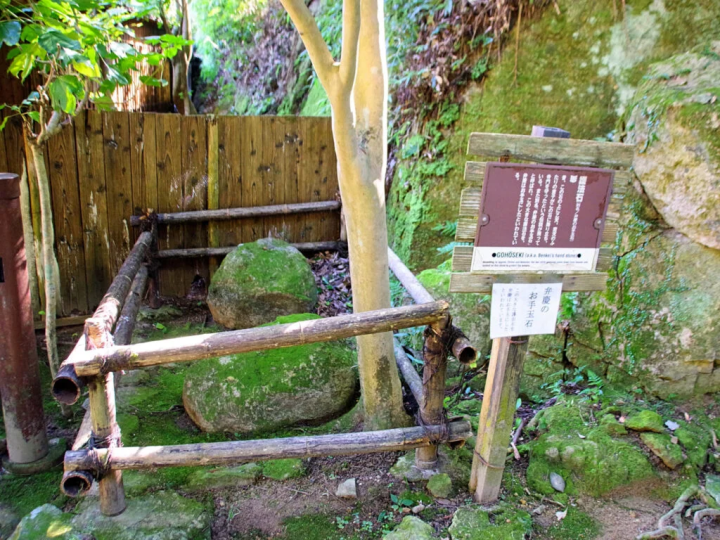
Highlights of Shoshazan Engyo-ji Temple
![[Himeji City] "Shoshazan Engyoji Temple" is a beautiful spot with autumn leaves and fresh greenery that can be easily reached by ropeway](https://resources.matcha-jp.com/resize/720x2000/2023/11/21-153215.webp)
Shosha-san Engyo-ji Temple is located on top of Mt. Shosha at an altitude of 371 meters, but you can get there in about 4 minutes by using the Shosha-san Ropeway. At the mountaintop station, there is an observation deck called Miorosso Shosha, from which you can get a panoramic view of the city of Himeji.
There is also a lucky charm called "kawarake throwing" that you can try out.
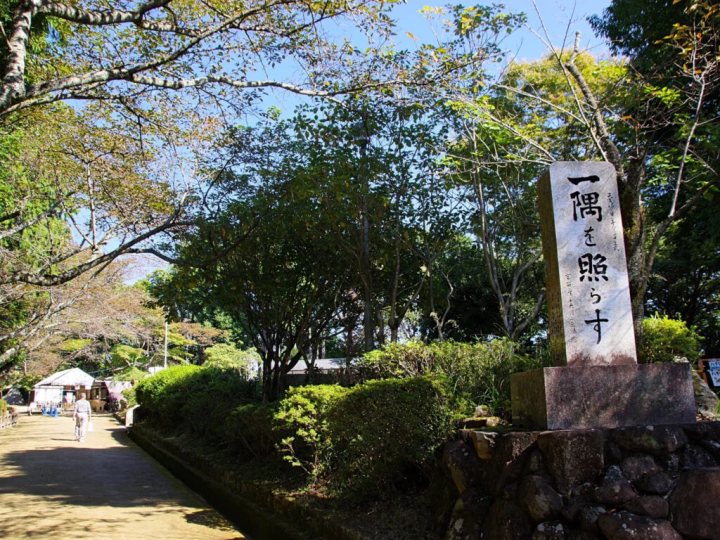
After getting off the ropeway at the top of the mountain, the pilgrimage route continues. Along the way, there is a donation office where you can pay a donation of 500 yen before entering the mountain. From here, you can take a minibus to Maniden-shita for an additional 500 yen (round trip).
The spacious grounds contain several buildings designated as important cultural properties by the nation and prefecture, and although there are no apparent boundaries, the area is divided into three major areas.
![[Himeji City] "Shoshazan Engyoji Temple" is a beautiful spot with autumn leaves and fresh greenery that can be easily reached by ropeway](https://resources.matcha-jp.com/resize/720x2000/2023/11/21-153217.webp)
One of them is the Higashidani valley that stretches from Niomon Gate to Jumyoji Temple.
The pilgrimage route (Higashizaka) continues up to the Niomon Gate, allowing visitors to make a pilgrimage to the 33 sacred sites of the Western Provinces.
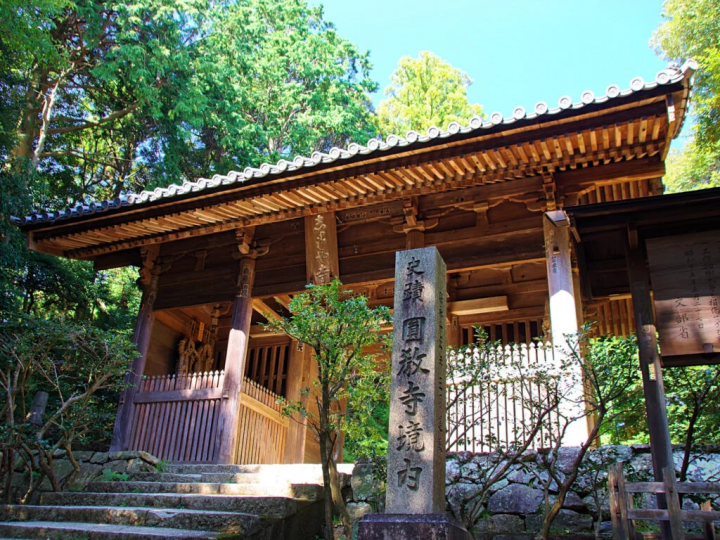
Beyond the Niomon Gate is the temple grounds. You'll feel as though the atmosphere has changed mysteriously.
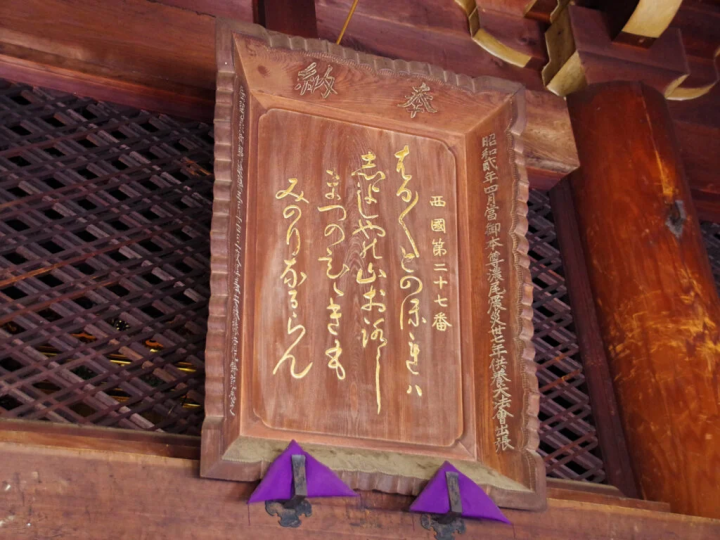
As the chant of Engyo-ji Temple on Mount Shosha says, "If you climb all the way up Mount Shosha, even the sound of the pine branches swaying in the wind will become the sound of prayer," you can experience a state of mind where even the sound of the pine branches swaying in the wind sounds like words of prayer.
Along the way, there are benches in open areas where you can take a break.
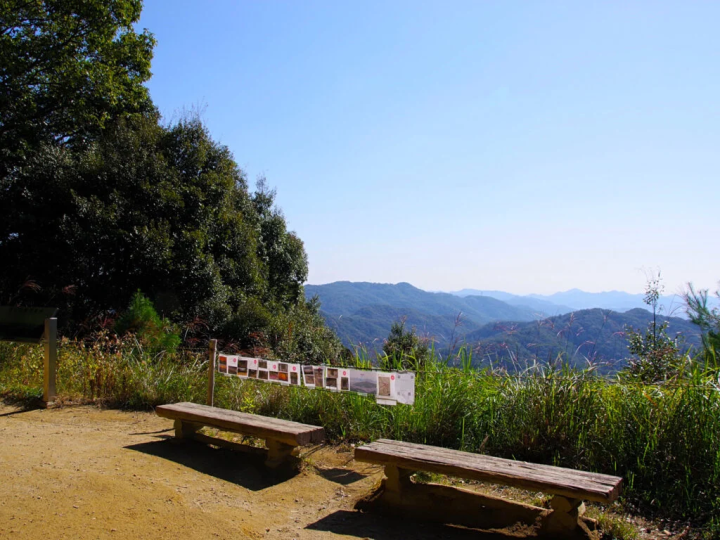
If you take the shuttle minibus, you won't go along the approach to the shrine that I just introduced. However, the approach to the shrine is a Saka and not an easy place to walk, so we recommend using the minibus for elderly people, people with strollers, and those who are worried about their physical strength.
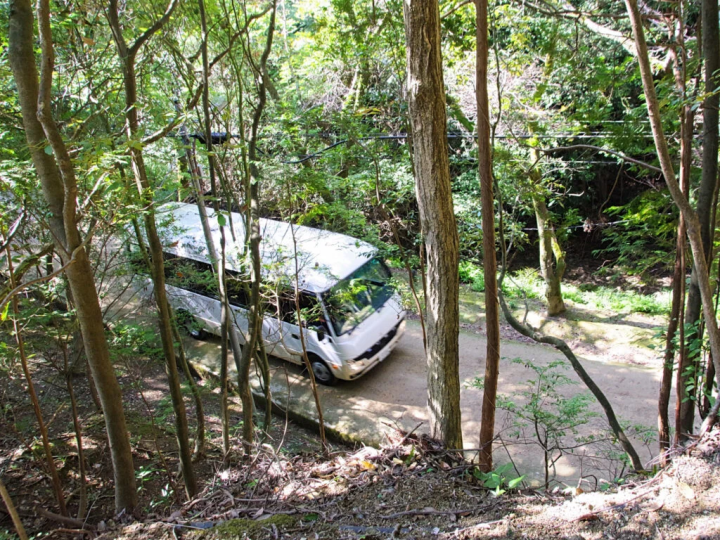
Beyond Higashidani is Nakadani, centered around Maniden (Kannon Hall).
You will be awed by the Maniden Hall, which is built in the uniquely Japanese "stage-style" (also called "kakezukuri" or "hanging-style") architectural style, which is built into cliffs or rock faces, just like Kyoto City-dera Temple (Kyoto City).
![[Himeji City] "Shoshazan Engyoji Temple" is a beautiful spot with autumn leaves and fresh greenery that can be easily reached by ropeway](https://resources.matcha-jp.com/resize/720x2000/2023/11/21-153224.webp)
It is especially spectacular during the autumn foliage season. You can view it from below or from the stage. It is a spot where you can fully enjoy autumn.
In front of Maniden Hall, there is Hazuki Teahouse, which sells snacks and souvenirs.
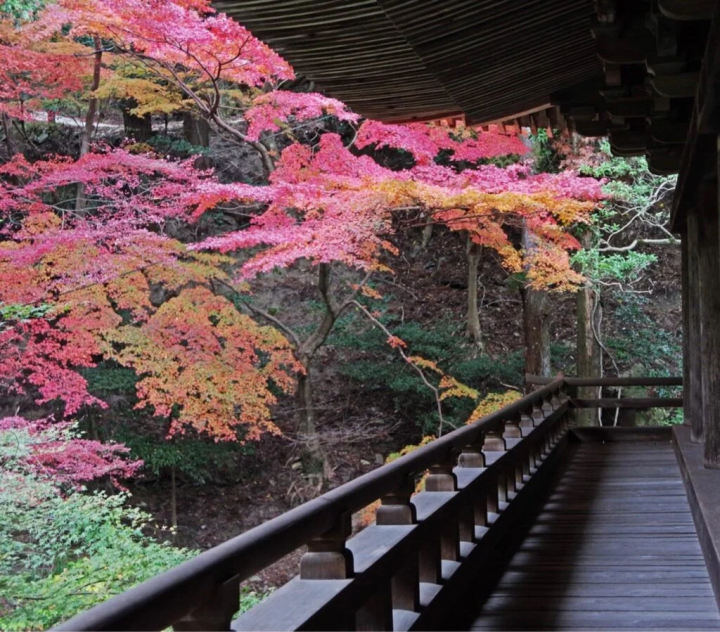
Finally, there is Nishitani, which contains three halls and Oku.
There are two routes from Maniden to the three halls: one that goes from under Maniden and one that goes behind it.
![[Himeji City] "Shoshazan Engyoji Temple" is a beautiful spot with autumn leaves and fresh greenery that can be easily reached by ropeway](https://resources.matcha-jp.com/resize/720x2000/2023/11/21-153227.webp)
Personally, I recommend taking the route from behind Maniden. Once you pass behind the shrine, which has an exciting atmosphere, you will find yourself on a pleasant path surrounded by greenery, including a Oki called the Thousand-Year Cedar and the Great Buddha, which was featured in the movie "The Last Samurai."
![[Himeji City] "Shoshazan Engyoji Temple" is a beautiful spot with autumn leaves and fresh greenery that can be easily reached by ropeway](https://resources.matcha-jp.com/resize/720x2000/2023/11/21-153229.webp)
The "Sanno-do" (sometimes confused with the three halls, but with its own name "Sanno-do") is arranged in a U-shape, and from the left are the Jodo Hall with its dance hall, the long two-story dining hall (Jikido), and the large lecture hall with its two-story roof. All of these are designated as important cultural properties by the national government.
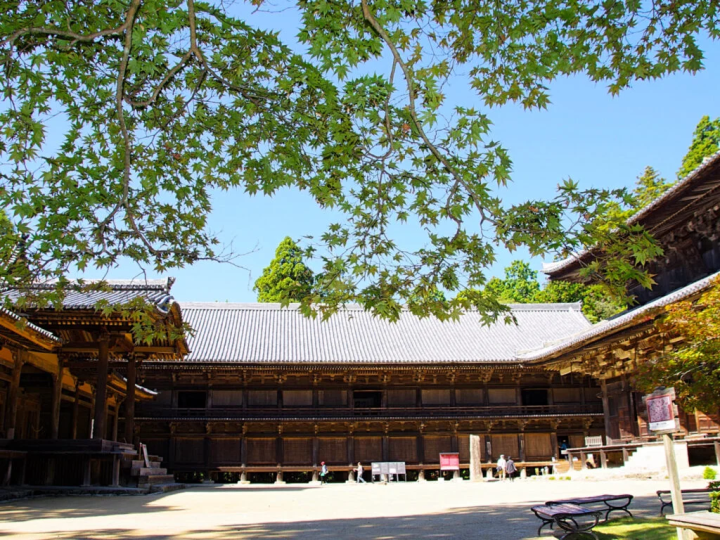
On the other side of the U-shape, there used to be a five-story pagoda, but it was burned down by lightning in 1331 (Gentoku 3/Ganko 1). Currently, the site is the mausoleum of the Honda family, who were feudal lords of Himeji.
If you go around to the back of the Jyogyodo Hall and look around the bell tower and Kongo-do Hall, you can see beautiful autumn leaves. If you brought a packed lunch, you can enjoy it while enjoying the view around the observation park.
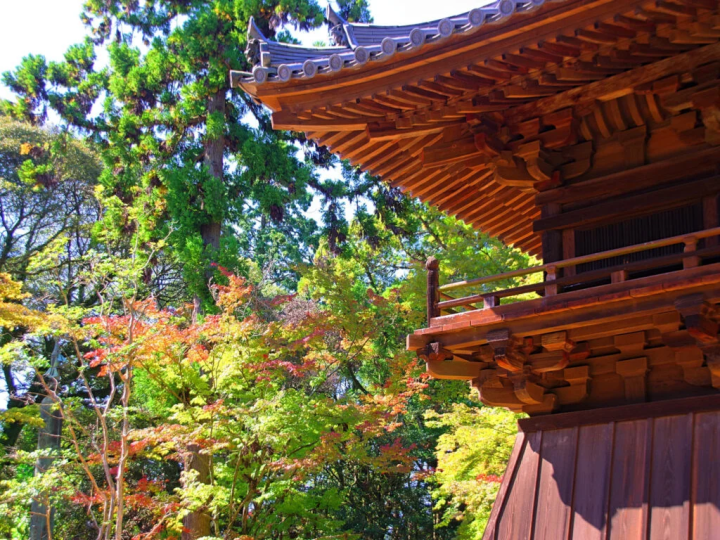
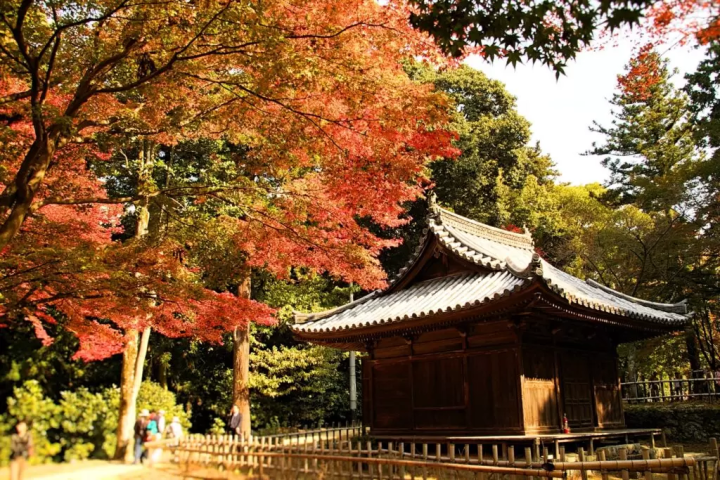
It takes about 2 to 3 hours just to look around Maniden and Sannodo. There are many other things to see, such as Hakusan Gongen (Eleven-faced Hall) if you go to Okunoin or the top of Mt. Shosha.
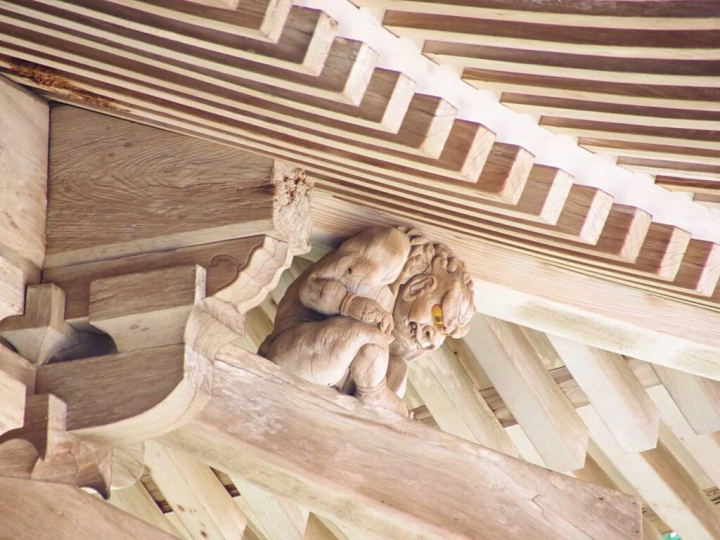
The best season is the autumn foliage season
The busiest season for Shoshazan Engyo-ji Temple is autumn, when the leaves change color.
From late October to the end of November, you can enjoy the autumn leaves not only within the temple grounds but also from inside the Shosha Ropeway.
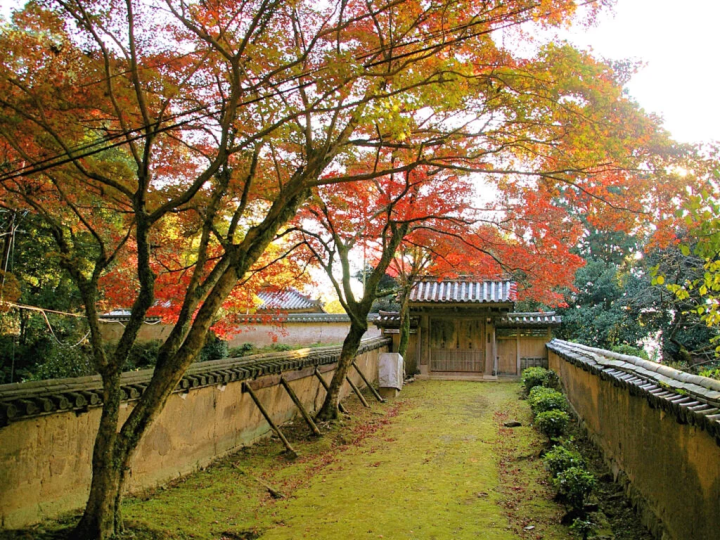
There are many places to see autumn leaves within the temple grounds. Here and there, you can see the beauty of the leaves turning gradations of Aka and yellow as they are bathed in sunlight filtering through evergreen trees such as cedars and pines.
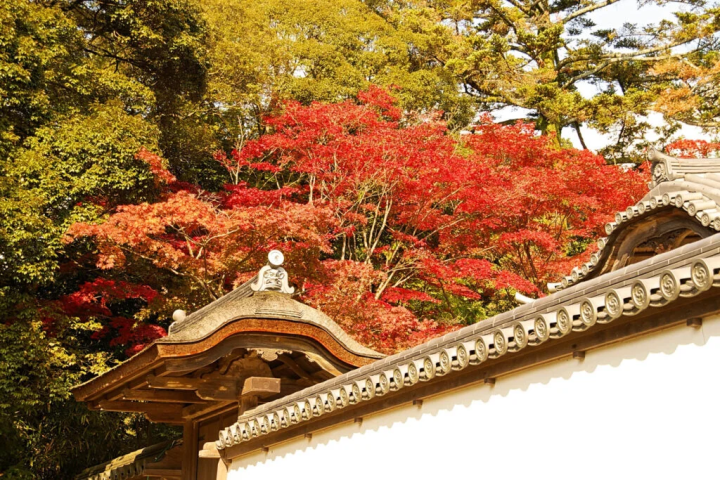
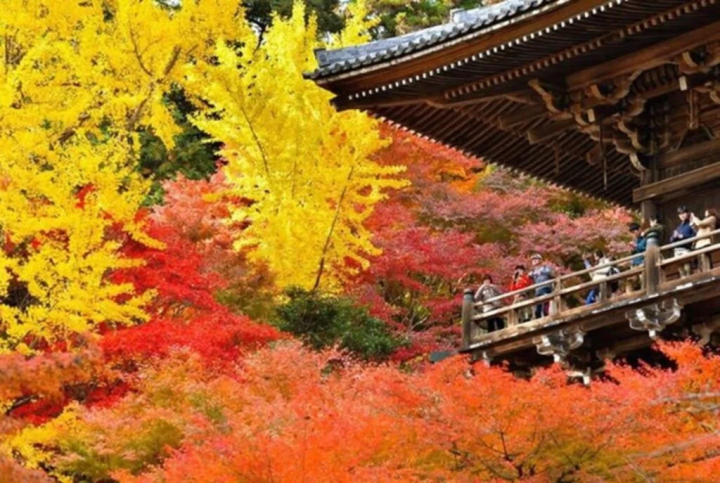
Events to enjoy Shoshazan Engyo-ji Temple
Many events are held at Shoshazan Engyo-ji Temple. There are a number of important events held at the temple and shrine, but the main ones that are crowded with general visitors are as follows.
December 31st
・January 1st: New Year's Eve
・First visit to a shrine (Shoshazan Ropeway operates from the nighttime on New Year's Eve 12/31 to the early morning on the first sunrise of January 1st, and also operates at night)
January 18th: Shusho-e
・February 3rd: Setsubun Festival
・Star Festival
・Early May: Shoshasan New Green Festival
・Mid-November Shosha Mountain Maple Festival
In addition to these, various other events are planned, such as the Yumesaki Dream Lantern Festival to be held in August 2023, so please check the official website or social media for information.
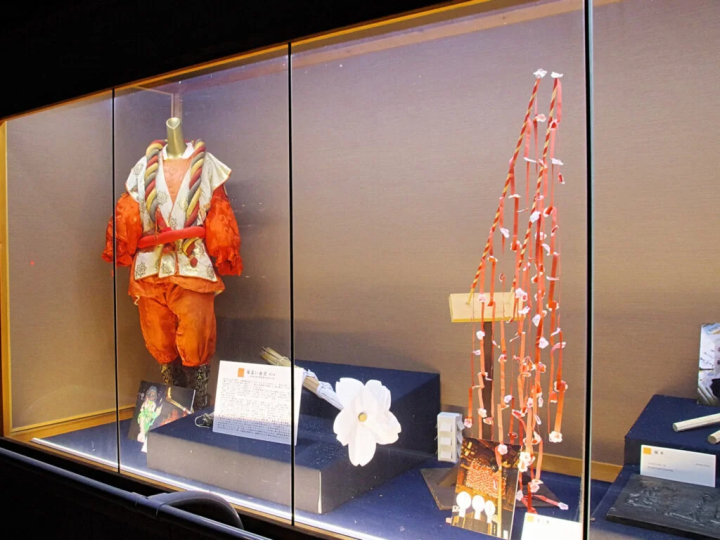
You can try out copying sutras every day. Copying the Heart Sutra (cost: 1,000 yen) takes about an hour, but the "flower petal copying" (300 yen), which is done on colored paper in the shape of flower petals, is popular as it can be completed in about 10 minutes.
Additionally, daily prayer meetings are live-streamed on social media.
How to get to Shoshazan Engyo-ji Temple
You can access Shoshazan Engyo-ji Temple by car or bus.
If you are coming by car, try searching for "Engyo-ji" or "Engyo-ji" on your car navigation system, but it will not come up. Even if it does come up, you cannot get there as it is located on top of the mountain. Please search for "Shosha-no-Sato Art and Craft Museum (tel. 079-267-0301)" which is located next to the Shosha Ropeway station at the foot of the mountain.
Next to the Shosha Ropeway station, there is a free parking lot that can accommodate about 270 cars (regular cars). Although it may seem like a lot, it fills up during tourist seasons such as autumn foliage season.
There are two public bus routes. Take the bus bound for Shosha Ropeway from bus stop 10 at Himeji Station (North Exit) Bus Terminal, which ends at the end of the line, or take the bus bound for Shosha Nishi Housing and Yamazaki from bus stop 18, which ends in front of the Shosha Post Office. Both routes run about three times an hour during the day.
![[Himeji City] "Shoshazan Engyoji Temple" is a beautiful spot with autumn leaves and fresh greenery that can be easily reached by ropeway](https://resources.matcha-jp.com/resize/720x2000/2023/11/21-153244.webp)
Shosha Ropeway Base Station and Shosha Ropeway Bus Stop are a short walk away. Shosha Post Office is about a 7-minute walk away. If the Shosha Ropeway Bus Stop is crowded on the way back, we recommend using the bus stop in front of Shosha Post Office.
![[Himeji City] "Shoshazan Engyoji Temple" is a beautiful spot with autumn leaves and fresh greenery that can be easily reached by ropeway](https://resources.matcha-jp.com/resize/720x2000/2023/11/21-153245.webp)
Great value digital tickets
A must-see for those who want to enjoy both Himeji Castle and Shoshazan Engyo-ji Temple
Shoshazan Shiromachi Pass
If you are planning to visit both Himeji Castle and Shoshazan Engyoji Temple, this ticket is a great deal!
This digital ticket includes a round-trip ropeway ticket to Shoshazan Engyoji Temple as well as the following:
You can purchase your ticket in advance with peace of mind. When boarding or disembarking, simply show the ticket screen to the driver.
Price (tax included): Adults (13 years and over) 2,400 yen, Children (6-12 years old) 2,200 yen, Preschoolers (1-5 years old) 1,900 yen
Where to buy: Available from the button below
![[Himeji City] "Shoshazan Engyoji Temple" is a beautiful spot with autumn leaves and fresh greenery that can be easily reached by ropeway](https://resources.matcha-jp.com/resize/720x2000/2025/11/19-250291.webp)
This is the ticket for those who want to enjoy both Kobe and Himeji!
The Hyogo Amazing Pass is a recommended ticket for touring Hyogo Prefecture that can be used for 2,500 yen per day.
With this ticket, you can not only ride Hyogo Prefecture's route buses (orange Shinki buses) all day long, but also ride the City Loop and Port Loop that connect Kobe's major tourist spots! You can go from Kobe Sannomiya to Kobe Sanda Premium Outlets.
This is especially recommended for those who are planning to visit Himeji City or Kobe City on the same day.
Luggage storage service
Would you like to go sightseeing empty-handed?
*This article is current as of October 2023. Prices include tax. Product contents and prices may be subject to change.
basic information
Shoshazan Engyo-ji Temple (Shoshazan Engyo-ji Temple)
Address: 2968 Shosha, Himeji City , Hyogo Hyogo Prefecture
Phone number: 079-266-3327
Opening hours: Winter 8:30-17:00 Spring-Autumn 8:30-18:00 (extended hours on Sundays and holidays)
Closed: Open everyday (Shosha Ropeway may close on certain days)
Donation: Adults (junior high school students and above) 500 yen, elementary school students 300 yen, preschoolers free, plus 500 yen for use of the shuttle minibus (round trip)
Website: http://www.shosha.or.jp
SNS: Facebook , Instagram , X (formerly Twitter)
Mount Shosha Ropeway
Address: 1199-2 Shosha, Himeji City , Hyogo Prefecture
Telephone: 079-266-2006
Opening hours: First bus departs at 8:30am, every 15 minutes. Last bus may vary depending on the season (see official website )
Closed: Long-term suspension of service usually around February due to regular inspection and maintenance (Tuesday, February 13th to Wednesday, March 13th in 2024)
Fare: Adults: 600 yen one way, 1,000 yen round trip; Children: 300 yen one way, 500 yen round trip
From the north exit of Himeji Station, you can purchase a "Shoshazan Ropeway Set Ticket" that includes a bus ride (1,700 yen for adults, 850 yen for children).
Access: (Car) 5.5 km Higashi from Sanyo Expressway " Himeji Nishi Interchange", 7.5 km northwest from Himeji Bypass "Nakaji Ramp", 11 km south from Chugoku Expressway "Yumesaki Smart Interchange" Access (Bus) From Himeji Station North Exit "Platform 10 (Route 8)" on Shinki Bus bound for "Shoshazan Ropeway (Engyo-ji Temple)" for about 30 minutes
Parking: Approximately 270 standard-sized cars, free
What are good things and good experiences? There are many characteristics such as having a story to tell, overflowing with the thoughts of the creator, having a history, and being loved by the locals. Have you ever come across a special thing or experience that made you want to tell someone about it? And as a result of telling, someone new leads to something. We think that's what "good" is all about. In order to deliver such encounters to our customers, we discover Hyogo's good things based on the concept of "talk, communicate, and connect", and provide information that will shorten the emotional distance between customers and the region of Hyogo Prefecture.
The contents on this page may partially contain automatic translation.


![[Hyogo Prefecture] Unlimited rides on local buses for just 2,500 yen! Travel around Hyogo Prefecture at a great price](https://resources.matcha-jp.com/resize/200x2000/2023/09/25-146913.webp)






























![[2026] Top 5 Strawberry Picking Spots in Tokushima, Naruto| Farms and Access Guide for January to May](https://resources.matcha-jp.com/resize/720x2000/2025/03/06-227165.webp)
![[Yamanashi/ Hokuto City] 4 Hot New Spots Opening in 2026](https://resources.matcha-jp.com/resize/720x2000/2025/12/12-252747.webp)


